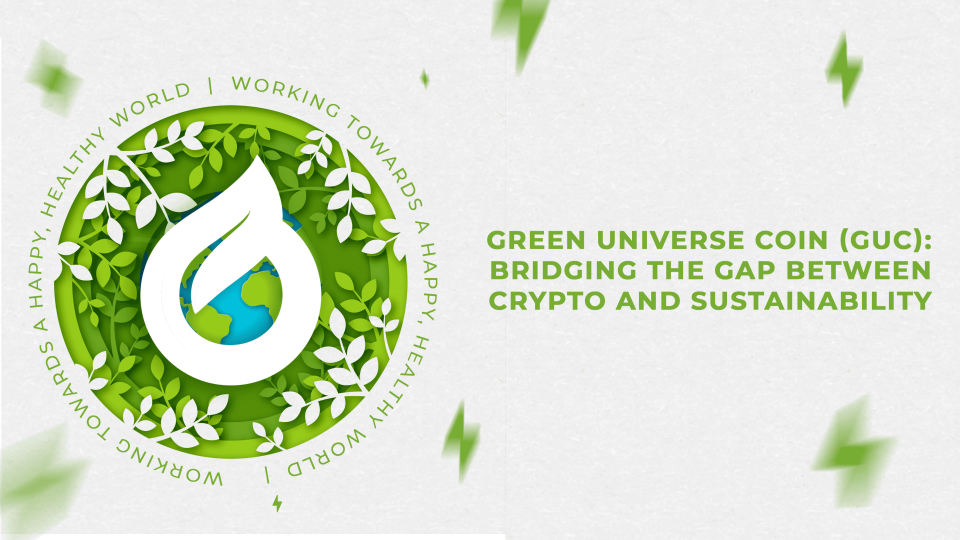The crypto world can’t wait for the “merger”

The cryptocurrency industry has had a terrible year. A devastating crash wiped out nearly $1 trillion from the market, draining the savings of thousands of people. Several companies filed for bankruptcy.
Now the industry is fixated on a potential saving grace: a long-awaited software upgrade to the most popular cryptocurrency platform, Ethereum, which provides the technological backbone for thousands of crypto projects. The upgrade — known as the merger — has taken on near-mythical status after years of delays that left some insiders questioning whether it would ever happen.
But if all goes according to plan, the merger will take place around September 15, more than eight years after it was first mooted. The change will move Ethereum to a more energy-efficient infrastructure, addressing widespread criticism that the crypto’s climate impact outweighs its possible benefits. And it would lay the groundwork for future upgrades to reduce the hefty fees required to transact in Ether, the platform’s signature currency and the second most valuable digital asset after Bitcoin.
“This transition essentially lays out a road map to a future that is far more scalable, far more energy efficient and far more usable by the average person,” said Joseph Ayoub, an analyst at Citi who has studied the merger. “It sets the stage for adoption.”
But the risk is great. Even by crypto standards, the process is almost ridiculously complicated.
For months, insiders have engaged in frantic, jargon-heavy discussions about developments such as the Goerli Testnet Merge and Beacon Chain’s Bellatrix upgrade, key software changes leading up to the main event. A failed merger would jeopardize the thousands of crypto applications that use Ethereum, which together handle more than $50 billion in user funds.
“It flies the jet and changes the engine in the sky,” said Chandler Guo, a crypto industry veteran who heads a group opposing the merger. “It’s very difficult. It’s very dangerous.”
Ethereum is a blockchain, a publicly visible ledger where exchanges of digital coins are recorded. Transactions on the chain are carried out in Ether.
The platform was started in 2013 by a teenage programmer, Vitalik Buterin, who is now considered one of the industry’s elder statesmen. Mr. Buterin wanted to create a cryptosystem that was more flexible than Bitcoin and could instantly execute financial contracts and other complex forms of exchange.
Ethereum’s design makes it possible to support a variety of financial techniques. Programmers can build applications using the software to perform more complicated tasks than simple money transfers. Thousands of businesses and projects in the experimental world of decentralized finance now use the platform to offer lending, borrowing and other sophisticated investment options. Many non-fungible tokens – the unique digital collectibles known as NFTs – are built on Ethereum.
At its core, the merger is a change to Ethereum’s verification system. When someone sends money in a traditional transaction, a bank acts as an intermediary, verifying that one person has sufficient funds to pay someone else.
Crypto operates without that middleman. In this alternative financial system, transactions are verified by a dispersed network of computers. Anyone can connect a machine to the network by running software that solves complex puzzles, an energy-sucking process to confirm transactions. Essentially, the computers race against each other: when the puzzle is solved, the winning contestants are rewarded with new coins in the digital currency they confirm.
This verification process is widely known as crypto mining and has the technical name of “proof of work.” According to some estimates, the amount of energy consumed each year in mining is comparable to the annual emissions from the entire country.
The merger is set to move Ethereum to an alternative framework called “proof of stake,” which requires less energy. In a proof-of-stake system, computers don’t burn energy racing to verify transactions. Instead, crypto investors deposit a certain number of digital coins into a shared pool, which enters them into a lottery. Each time an exchange occurs, a participant is selected from the lottery to confirm the transaction and win the rewards.
The shift is expected to cut Ethereum’s energy use by more than 99 percent, which crypto boosters hope will make the technology more popular.
“The difference in hardware and energy consumption is so significant,” said Preston Van Loon, a developer working on the merger. “When NFTs blew up, people said, ‘I’d like to have an NFT, but it feels like I’m burning down a forest.'”
Switching to proof of stake could also help solve another of Ethereum’s biggest problems: the significant fees required to use the network. Ethereum can only handle a certain amount of activity at a time, so when there is demand for the platform, the price to use it goes up. Anyone sending Ether must pay a “gas fee” – a transaction fee that has risen as high as $200 at times.
The merger won’t eliminate this problem immediately, but developers say it will lay a critical foundation for future upgrades designed to minimize fees.
But a change on this scale could also leave Ethereum vulnerable to hacks or other disruptions, some crypto experts say. “Anytime you make changes to a complex system, there are bound to be unintended consequences,” said Christopher Calicott, a crypto venture investor.
Much of the criticism is at least partially driven by self-interest. Many of the merger’s most vocal opponents are companies that have built expensive data centers to mine Ether in the proof-of-work system.
The origin of the merger dates back to the time when Ethereum was created. Mr. Buterin raised the possibility of switching to proof of stake in 2014, but at the time the system was unproven. The most successful cryptocurrency was Bitcoin, which uses proof of work.
Since then, many newer cryptocurrencies have successfully used proof of stake. Ethereum programmers have been working seriously on the switch for at least four years. The work is complex, and progress has been slow. Engineers had to construct a new blockchain, and run tests to check for security holes or other technological flaws that could disrupt the transition.
A non-profit organization called the Ethereum Foundation helps oversee the platform. But in reality, Ethereum is run by a loose group of engineers around the world; no top-down authority orchestrated the merger. Periodically, programmers gather on publicly streamed video calls to discuss technical aspects of the shift.
At one point, the transition to proof of stake was supposed to happen as early as 2016. When the merger came together this year, crypto enthusiasts expected a June launch date. The merger was then pushed back to August. Now it’s ready for next month.
In the crypto world, the delays were a type of joke. Early on, engineers installed what’s known as a “difficulty bomb” into Ethereum’s code. It was designed to keep them honest: after a certain amount of time, the bomb would go off, causing disruption to the Ethereum network unless it was exchanged for proof of stake. But every time the bomb went off, the engineers created a new piece of code to defuse it, which defeated the point.
“We’re not doing this lightly,” said Danny Ryan, an Ethereum Foundation researcher who has worked on the platform since 2017. “There’s been countless amounts of engineering and testing and academic research.”
In December 2020, Ethereum programmers took a major step toward unification by releasing a crypto platform called the Beacon Chain, a proof-of-stake system designed to lay the foundation for an upgraded Ethereum. After two years of testing, Beacon Chain is finally set to integrate with Ethereum in mid-September – the merger that gives the process its name.
As the merger approaches, companies and entrepreneurs with a financial stake in Ethereum mining are becoming increasingly concerned. Crypto mining has become a multi-billion dollar business, dominated by publicly traded companies.
In a recent corporate report, Hive Blockchain, a crypto mining company that derives revenue from both Bitcoin and Ethereum, said that a move to proof of stake “could make our mining operations less competitive or less profitable.” Hive did not respond to requests for comment.
Some Ethereum miners are fighting back. Mr. Guo, who used to run an Ethereum mining operation in China, has mobilized a group of engineers working on an alternative currency to compete with the upgraded Ether.
Despite the setback, the merger appears to be close to completion. A final test, known as the Goerli merger, was completed this month.
Mr. Ryan, the Ethereum researcher, said he planned to gather in person with some colleagues to mark the actual merger, the culmination of five years of his professional life.
Planning the celebration is complicated. While developers have projected a September 15 date, the exact timing of the merger is uncertain and subject to complex technical factors. Any mistake can cause another delay.
“This could happen at 4 in the morning. It could happen at 2 in the afternoon,” Mr. Ryan said. “But I definitely want to be awake.”
























